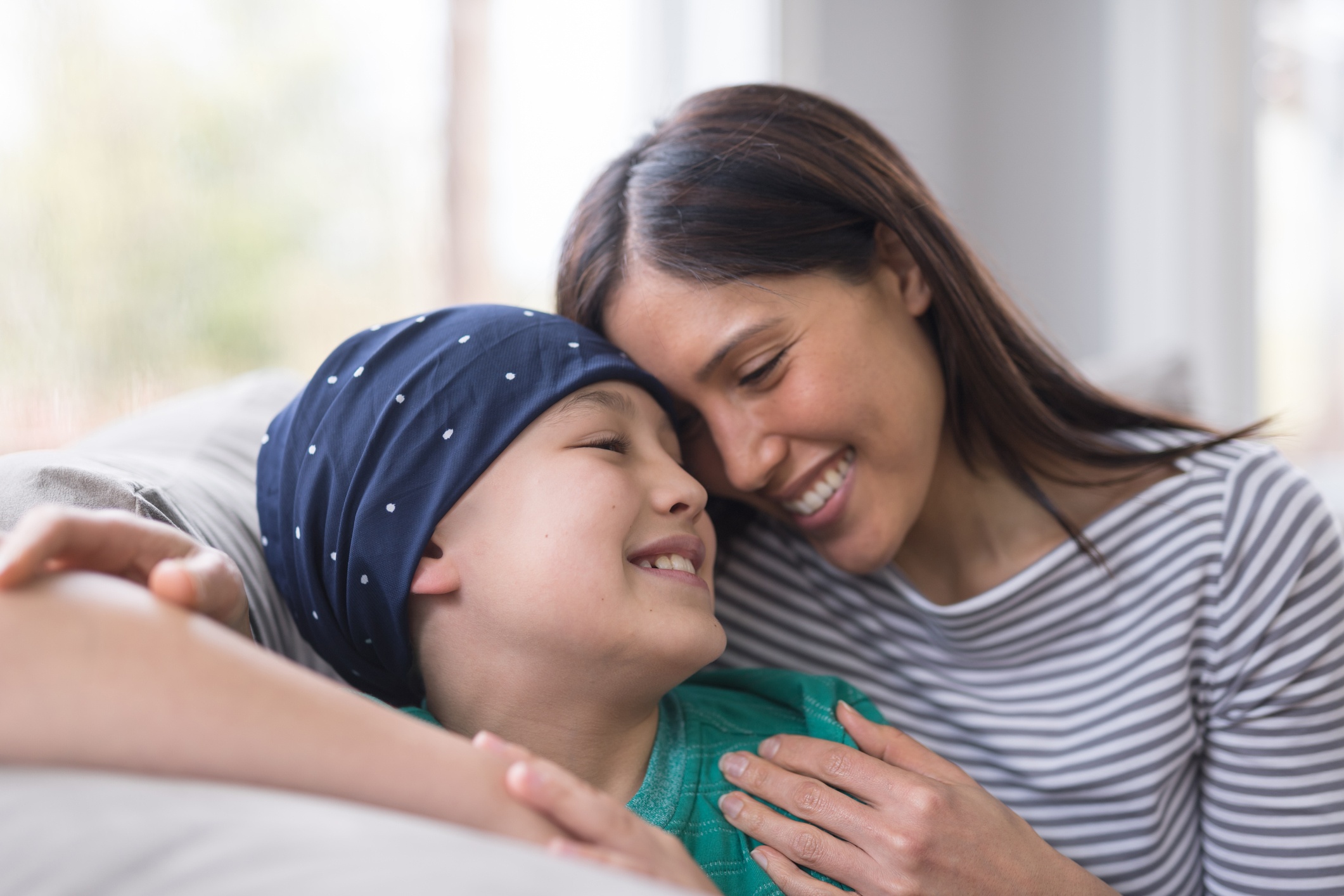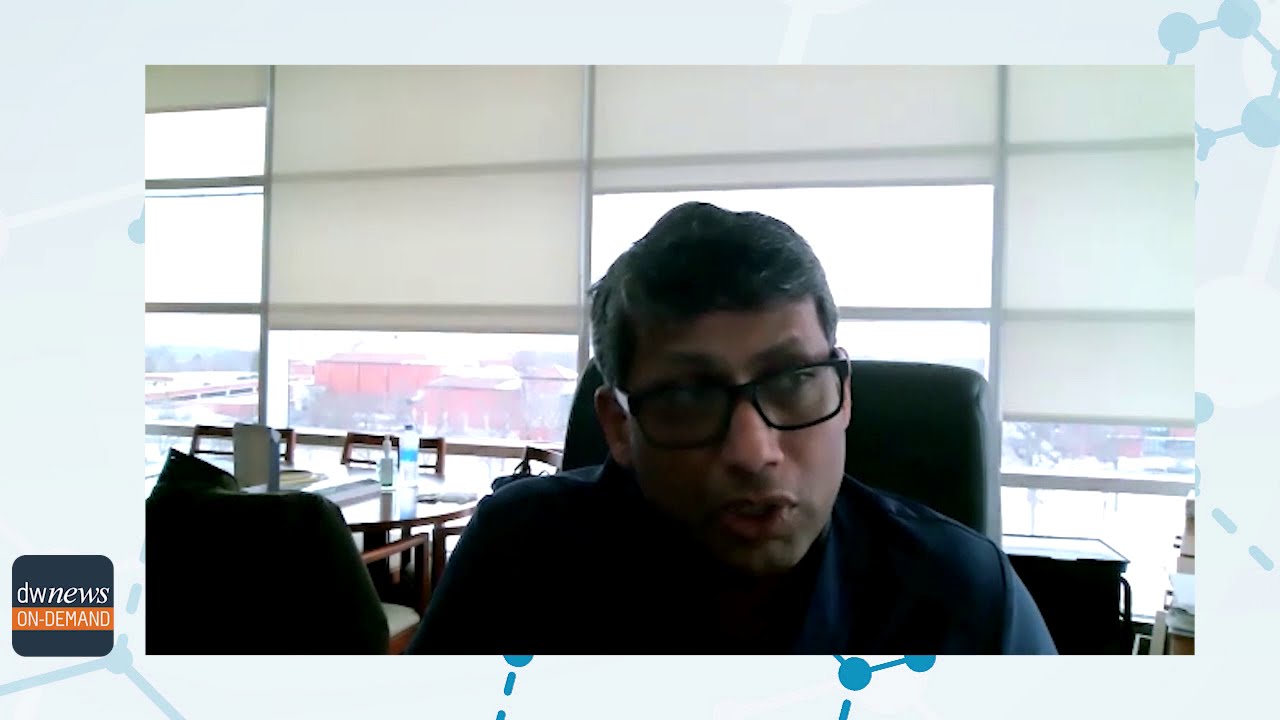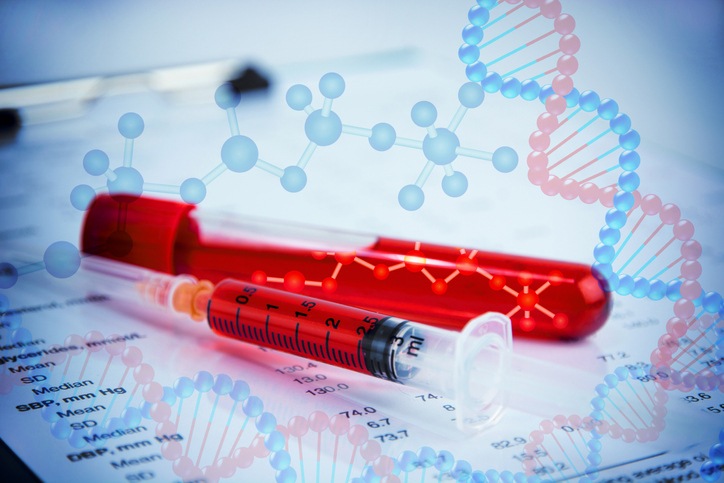
Most patients diagnosed with chronic lymphocytic leukemia (CLL) are older; the median age at diagnosis is 70 years. Less than 2% of patients are younger than 45 years. Previous research has not evaluated next-generation sequencing (NGS) gene mutation and novel oral therapies in adolescent and young adult (AYA) patients with CLL. A retrospective study evaluated disease characteristics that impact CLL outcomes in AYA patients. The data were presented at the 62nd ASH Annual Meeting & Exposition.
Between January 1, 2000, and December 31, 2019, 227 patients aged 15 to 39 years were diagnosed with CLL/small lymphocytic lymphoma at a single institution. Labs and Rai stage were recorded if available pre-treatment and within 12 months of diagnosis. Fluorescence in situ hybridization (FISH), cytogenetics, CD38, ZAP-70, gene mutations were collected from any time pre-treatment.
The median age at the time of diagnosis was 37 years (range, 17-39 years); from diagnosis, patients were followed for a median of 7.1 years (range, 0-19.3 years).
Among the 167 patients with available pre-treatment FISH data, 65 (39%) had del(13q), 26 (16%) had trisomy 12, 24 (14%) had del(11q), seven (4%) had del(17p), and 45 (27%) had no FISH abnormality. Among the 159 patients with available immunoglobulin heavy chain variable (IGHV) data, 82 (52%) had mutated and 77 (48%) unmutated IGHV. Only 3% of patients had a first-degree relative with CLL. The following rates of gene mutation were identified: TP53, 3% (n=2/59); NOTCH1, 18% (n=8/45); SF3B1, 16% (n=7/45); POT1, 9% (n=4/45); BIRC3, 7% (n=3/45); and MYD88, 11% (n=5/45). Outcomes could not be evaluated by mutation status because of the limited number of patients with available data.
Most patients (n=161; 71%) were treated; median time to first treatment (time from diagnosis to initiation of first therapy) was 26 months. There were 39 deaths (17%). Five- and 10-year overall survival (OS) rates were 90% and 78%, respectively. During their entire disease course, 72 patients (32%) received novel therapy, while 89 (39%) only received agents other than novel therapies. Patients who received novel therapy at any time had a longer 10-year OS than those who did not (92% vs. 64%). Novel therapy exposure lost its survival advantage only in patients with mutated IGHV (P=0.63).
Eighteen patients (8%) underwent allogeneic hematopoietic cell transplant; it was more prevalent among patients aged younger than 30 years (P=0.03) and those with del(11q) or del(17p) (P=0.007). Ten patients (4%) developed Richter’s transformation; the risk was greater among patients aged younger than 30 years (P=0.02) and those with del(11q) or del(17p) (P=0.03). Three patients developed therapy-related myelodysplasia and acute myeloid leukemia, all three of whom underwent prior chemoimmunotherapy. Second primary malignancies (excluding non-melanoma skin cancer) presented in eight patients (4%).







 © 2025 Mashup Media, LLC, a Formedics Property. All Rights Reserved.
© 2025 Mashup Media, LLC, a Formedics Property. All Rights Reserved.